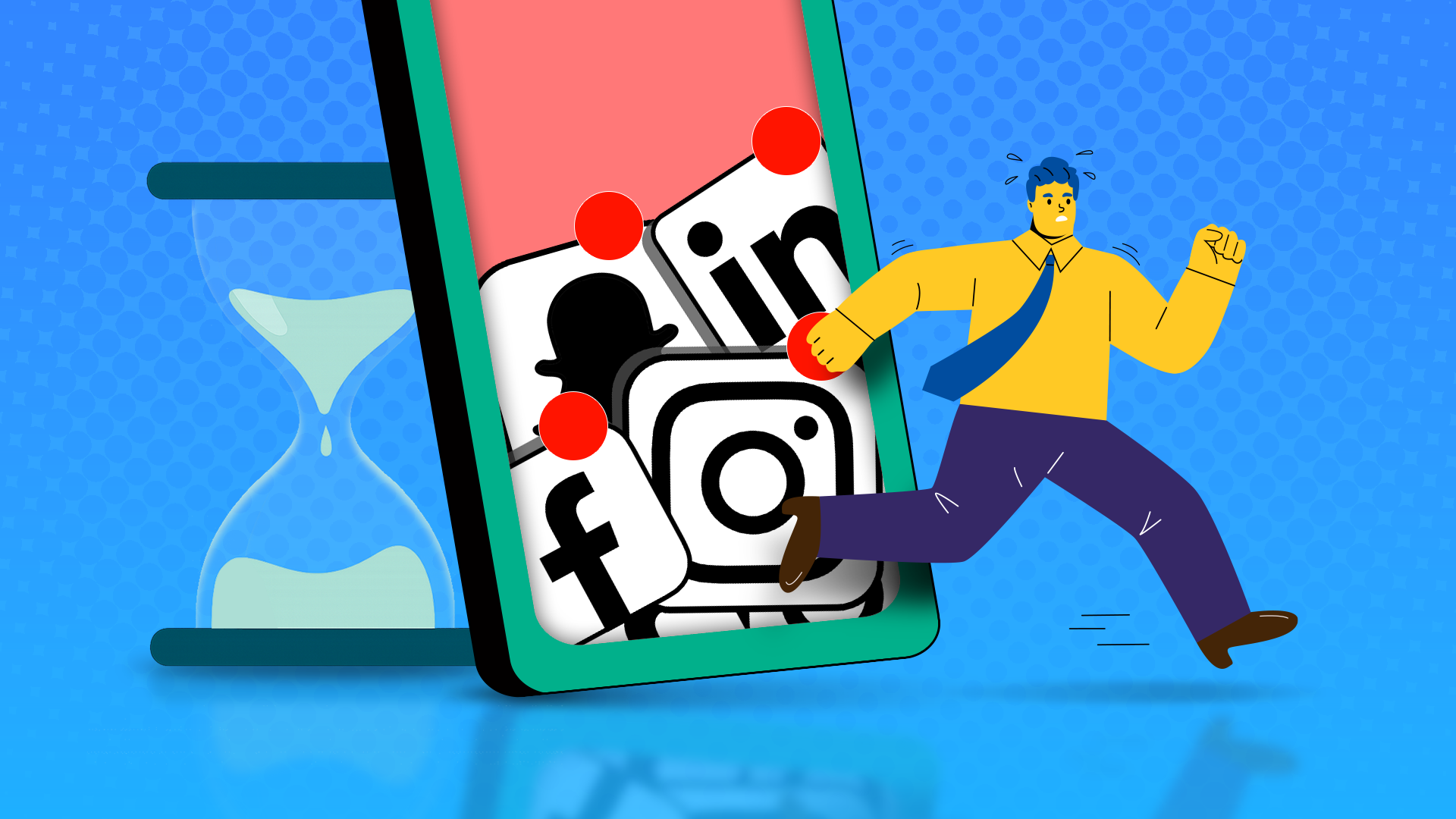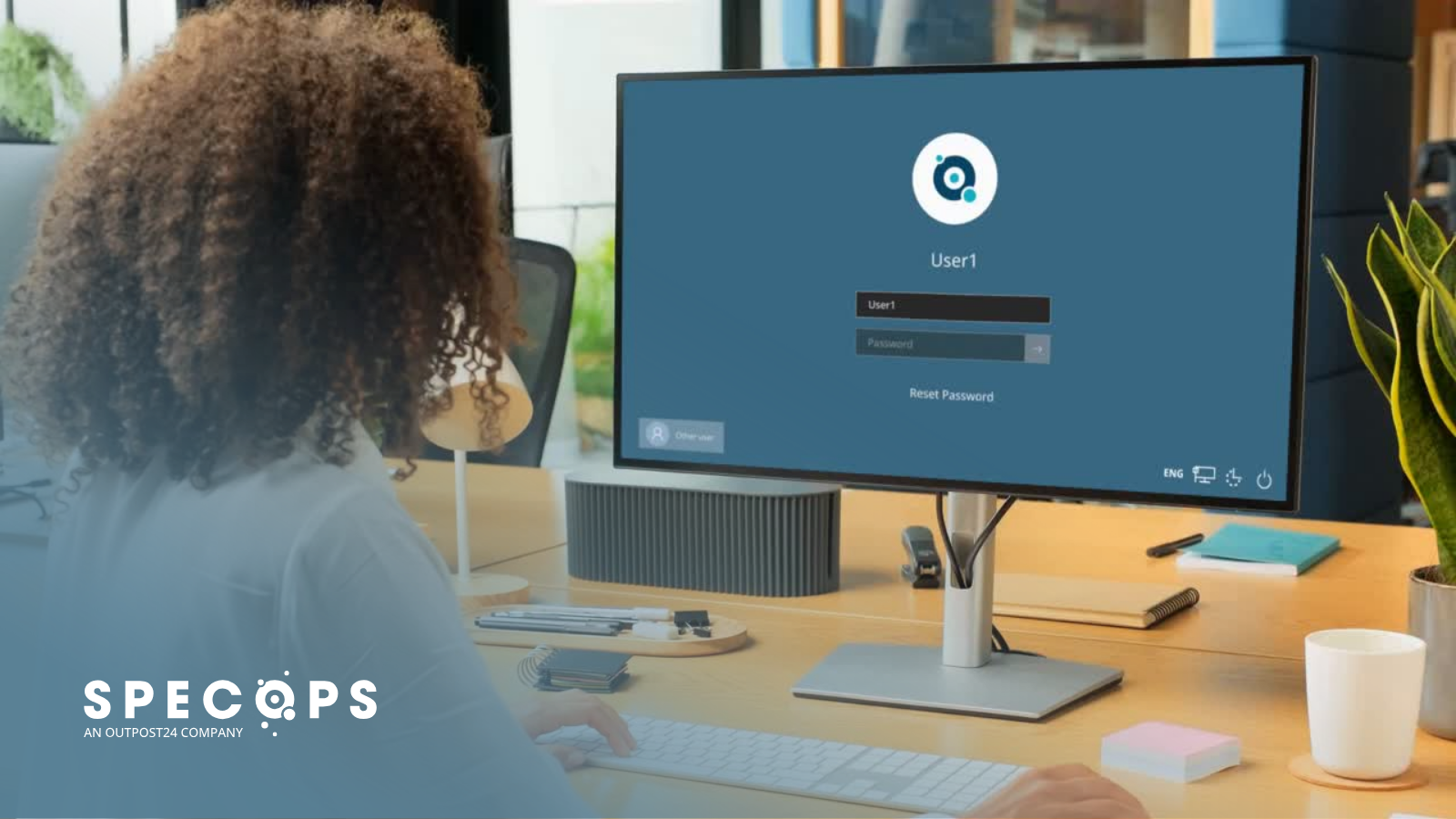Top 5 Ways to Bypass Internet Shutdowns

It used to be that a government shutting down internet access was an extreme move taken in times of severe upheaval. However, the practice has become increasingly common, as internet shutdowns have been used during elections and student exams.
Sometimes, it’s the whole internet. But more often, and on a longer-term basis, it’s blocking certain services.
But there are steps you can take if service is affected. And it’s good to plan ahead. Here are five tips to help you stay online during an internet shutdown:
1. VPNs. Get a good virtual private network that you can trust. You may even need two in case one is successfully blocked itself. A VPN encrypts your internet traffic and protects your online privacy. Because the VPN redirects the IP address, the user’s identity and location remain private. This means a VPN could help you access the broader network if your local internet connection is blocked.
SEE: What Is a VPN? Definition, How It Works, and More (TechRepublic)
2. A mesh network. This is a workaround — and one that definitely needs pre-planning. The Carnegie Endowment for International Peace explains that a mesh network “allows users to maintain communication with one another without relying on the internet or SMS. Instead, they use Bluetooth or Wi-Fi technology to create a chain of devices that can send messages to one another when they are in close proximity.”
3. International SIM cards. If you’re near a border or can travel there, you may be able to pick up service from a neighboring country.
4. Sideloading apps. You can install apps without using the device’s official app distribution method. This can help you circumvent blockages on particular services. When you’re sideloading, remember that nobody checks the apps to ensure they’re legitimate, so be careful what you install.
SEE: Network Security Policy (TechRepublic Premium)
5. Satellite content. A service called Knapsack, for instance, broadcasts packets by satellite that can be received by satellite TV receivers. Knapsack is a project developed by NetFreedom Pioneers, a nonprofit working with local and international organizations. The project’s site says no internet connection is required. Knapsack can deliver up to 20 GB of digital content daily. That equals 240 hours of internet browsing, 4,000 songs, or 40 hours of online video in standard definition – shared daily.
Hat tip to Vittoria Elliott at restofworld.org for the excellent info and five tips. There are more fixes, of course, such as the Tor Browser and proxy servers. Hopefully, you can avoid shutdowns and blackouts, but if you can’t, these methods should help.
Source link











